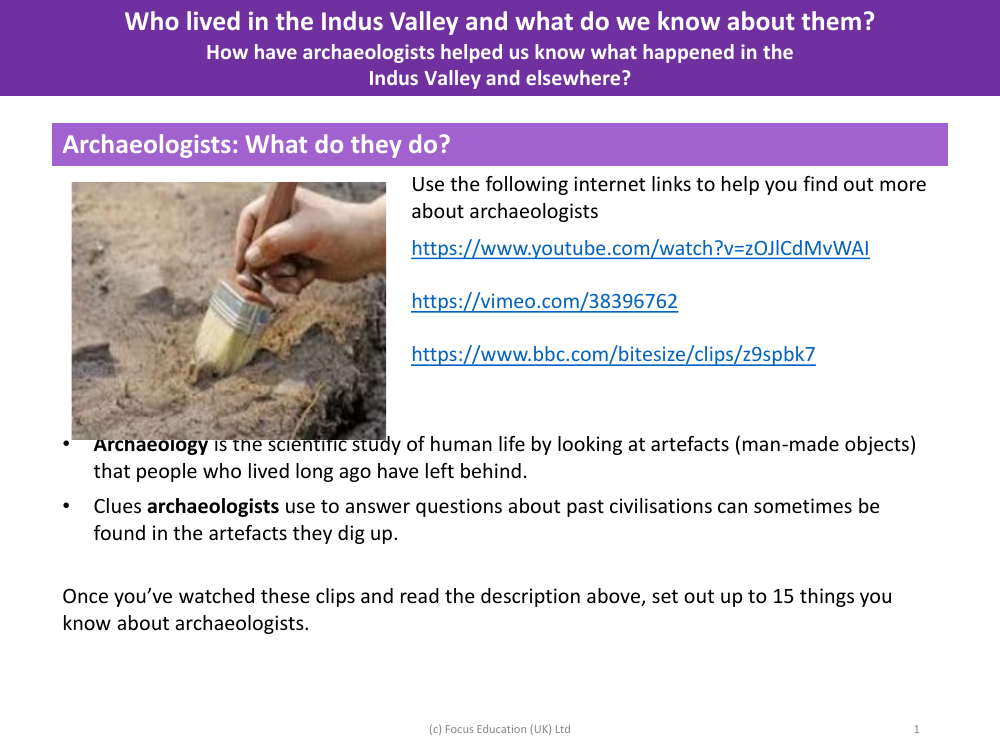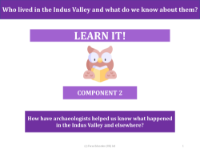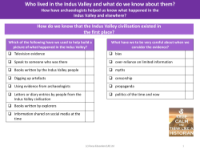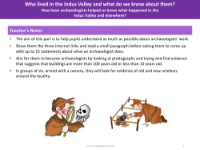Archeologists: What do they do? - Indus Valley - Year 4

History Resource Description
Archaeologists are like detectives of history, delving into the past to uncover stories of ancient civilisations and the people who lived in them. Their work revolves around the scientific study of human life through the examination of artefacts—objects crafted by human hands long ago. These items, buried over time, serve as clues that help archaeologists piece together the daily lives, cultures, and events of societies that no longer exist. By carefully excavating and analysing these remnants, archaeologists answer questions about how our ancestors lived, what they valued, and how they interacted with their environment and each other.
One such ancient civilisation that has been studied by archaeologists is the Indus Valley, which was home to a highly advanced and enigmatic society. Through archaeological findings, we have gained insights into the Indus Valley inhabitants, their sophisticated urban planning, trade networks, and possible reasons for their decline. Artefacts such as pottery, tools, and inscriptions have been instrumental in constructing a picture of life in the Indus Valley. Archaeologists have used these artefacts to understand the social structure, economy, and technological advancements of the Indus Valley civilisation, as well as its influence on and connections with other cultures. In essence, the work of archaeologists has been crucial in bringing the stories of the Indus Valley and countless other lost societies to light, enhancing our understanding of human history.








